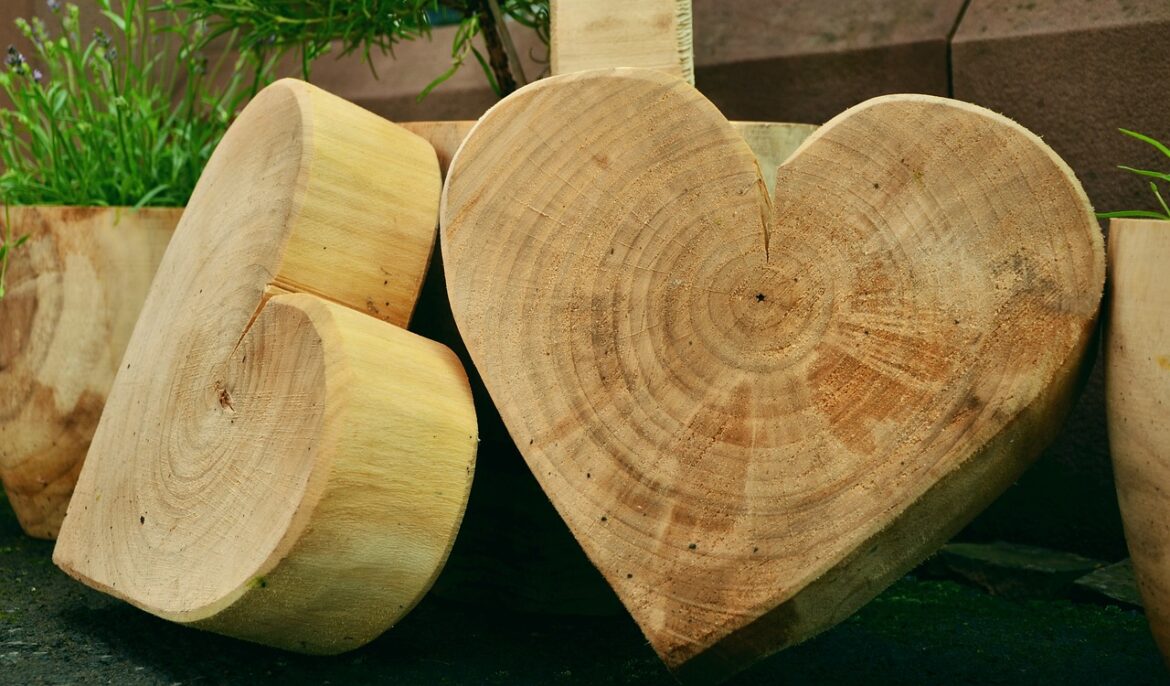Are you tired of the same old wood finishes available at the store? Do you want to add a unique touch to your woodworking projects? Look no further than homemade wood stains. In this article, we will explore the exciting world of homemade wood stain and how it can transform ordinary wood into something extraordinary.
Homemade natural wood stain offers a customizable and eco-friendly alternative to traditional store-bought stains. By using natural ingredients such as coffee grounds, tea leaves, or even fruits and vegetables, you can create a wide range of colours and effects. Whether you want a rich espresso hue or a vibrant pop of colour, the possibilities are endless. Plus, making your own wood stain allows you to experiment with different techniques and effects, adding a personal touch to your projects. So, grab your apron and get ready to elevate your woodworking game with homemade wood stain.
Choosing the Right Ingredients for Your Homemade Wood Stain
When it comes to making your own wood stain, it is important to choose the right ingredients that will give your project that extra touch of magic. The first ingredient you will need is a base, which can be either water or oil-based. Water-based stains are easier to clean up and have a faster drying time, while oil-based stains provide a deeper, richer colour and are more durable. Consider the type of wood you are working with and the desired outcome when choosing between the two.
Next, you will need a pigment to add colour to your stain. Pigments can be natural or synthetic, and they come in a wide range of shades. Natural pigments, such as coffee grounds or tea leaves, can create earthy tones, while synthetic pigments offer a wider variety of colours. Experiment with different pigments to achieve the desired shade for your project.
Choosing the right ingredients for your homemade wood stain is crucial to transforming ordinary wood into something extraordinary. Consider the base, whether water or oil-based, and the pigment, whether natural or synthetic, to achieve the desired colour and finish. With the right ingredients, your wood stain will not only enhance the beauty of your project but also add a touch of personalisation and creativity.
Mixing and Applying Your Homemade Wood Stain
To mix and apply your homemade wood stain, start by combining the ingredients in a container. Make sure to follow the recipe and measurements precisely to achieve the desired colour and consistency. Use a stir stick or a small whisk to thoroughly mix the ingredients together until they are well blended. This will ensure that the stain will be evenly distributed when applied to the wood.
Once your homemade wood stain is mixed, it’s time to apply it to the wood surface. Before you begin, make sure the wood is clean and free of any dust or debris. You can use a brush, sponge, or cloth to apply the stain to the wood. Dip your applicator into the stain and start by applying a thin layer to the wood, following the grain.
Allow the first coat to dry completely before applying additional coats. Depending on the desired colour intensity, you may need to apply multiple coats. Make sure to let each coat dry fully before applying the next one. Once you have achieved the desired colour, let the final coat dry completely before using or sealing the wood.
Applying your homemade wood stain can be a fun and rewarding process. Experiment with different ingredients and mixtures to create unique colours and effects. Remember to always wear protective gloves and work in a well-ventilated area when working with homemade wood stains. Enjoy the transformation of your ordinary wood into extraordinary pieces with your own personalised wood stain.
Experimenting with Different Techniques and Effects
Discovering various methods and effects allows you to unleash your creativity and elevate the appearance of your wooden pieces. When experimenting with different techniques, you can achieve a wide range of effects that will truly make your wood stand out. One popular technique is called “layering”, where you apply multiple coats of different coloured homemade wood stains to create depth and dimension. For example, you can start with a base coat of a lighter stain and then layer on a darker stain to create a beautiful gradient effect. This technique works particularly well on furniture pieces or wooden decor items, adding a sense of richness and complexity to the finished product.
Another technique to consider is “distressing,” which gives your wood a weathered and aged look. To achieve this effect, you can use tools like sandpaper, wire brushes, or even chains to create deliberate imperfections on the surface of the wood. Then, apply your homemade wood stain, making sure to focus on the distressed areas. This technique works wonders on rustic or farmhouse-style furniture, as it adds character and charm to the piece. You can also experiment with other effects, such as “colour washing”or “ombre staining,”to create unique and eye-catching finishes. The key is to have fun and let your imagination run wild, as there are endless possibilities when it comes to transforming ordinary wood into extraordinary pieces using homemade wood stains.
Tips for Achieving the Perfect Finish
Achieve the perfect finish on your wooden pieces by following these helpful tips. First, make sure to properly prepare the wood before applying the stain. This includes sanding the surface to remove any rough spots or imperfections. Sanding also helps to open up the pores of the wood, allowing the stain to penetrate more evenly. It is important to start with a smooth and clean surface for the best results.
Next, choose the right type of stain for your project. There are various types of wood stains available, such as oil-based, water-based, and gel stains. Each type has its own advantages and disadvantages, so it is important to do some research and determine which one will work best for your specific needs. Consider factors such as the colour you want to achieve, the durability of the finish, and the ease of application.
When applying the stain, use even and consistent strokes to ensure an even coverage. Start with a small area and test the stain on a scrap piece of wood to see how it looks before applying it to your actual project. This will help you determine if you need to adjust the colour or the amount of stain you apply. It is also important to apply the stain in thin layers and allow each layer to dry completely before applying another coat. This will help prevent streaks or blotches in the finish.
Lastly, protect your finished piece by applying a clear topcoat or sealant. This will help protect the wood from moisture, UV rays, and everyday wear and tear. There are various types of topcoats available, such as polyurethane, lacquer, or varnish. Choose the one that suits your specific needs and apply it according to the manufacturer’s instructions.
By following these tips, you can achieve a perfect finish on your homemade wood stain projects. Whether you are staining furniture, cabinets, or other wooden items, taking the time to properly prepare the wood, choose the right stain, and apply it correctly will result in a beautiful and long-lasting finish.
Eco-Friendly Benefits of Homemade Wood Stain
Get ready to experience the eco-friendly benefits of making your own wood stain. By creating your own homemade wood stain, you have full control over the ingredients used, ensuring that you are using non-toxic and environmentally friendly materials. Unlike commercial wood stains that often contain harmful chemicals and solvents, homemade wood stains can be made using natural ingredients such as coffee grounds, tea, or even fruits and vegetables. This not only eliminates the risk of exposure to harmful toxins but also reduces their negative impact on the environment.
Not only are homemade wood stains safer for your health and the environment, but they also allow you to repurpose waste materials. Instead of throwing away leftover coffee grounds or tea bags, you can use them to create beautiful and unique wood stains. This reduces waste and promotes a more sustainable lifestyle. Additionally, by using natural ingredients, you can enjoy the earthy and organic hues that they produce. Each batch of homemade wood stain can be customised to achieve the desired shade, giving your woodworking projects a personal touch and adding a touch of nature to your home. So why settle for commercial wood stains when you can create your own eco-friendly and visually stunning wood stains at home?
Conclusion
In conclusion, creating your own homemade wood stain is a rewarding and eco-friendly way to transform ordinary wood into something extraordinary. By carefully choosing the right ingredients and experimenting with different techniques, you can achieve unique and personalised finishes that are not available in store-bought stains. The process of mixing and applying your homemade stain allows for greater control and customization, resulting in a truly one-of-a-kind piece.
Additionally, the eco-friendly benefits of homemade wood stain cannot be overlooked. By using natural ingredients and avoiding harsh chemicals, you are reducing your carbon footprint and promoting a healthier environment. This is especially important in today’s world, where sustainability and conscious consumerism are becoming increasingly important. So, whether you’re a DIY enthusiast or just looking for a more sustainable option, homemade wood stain is definitely worth considering.
Related Posts












